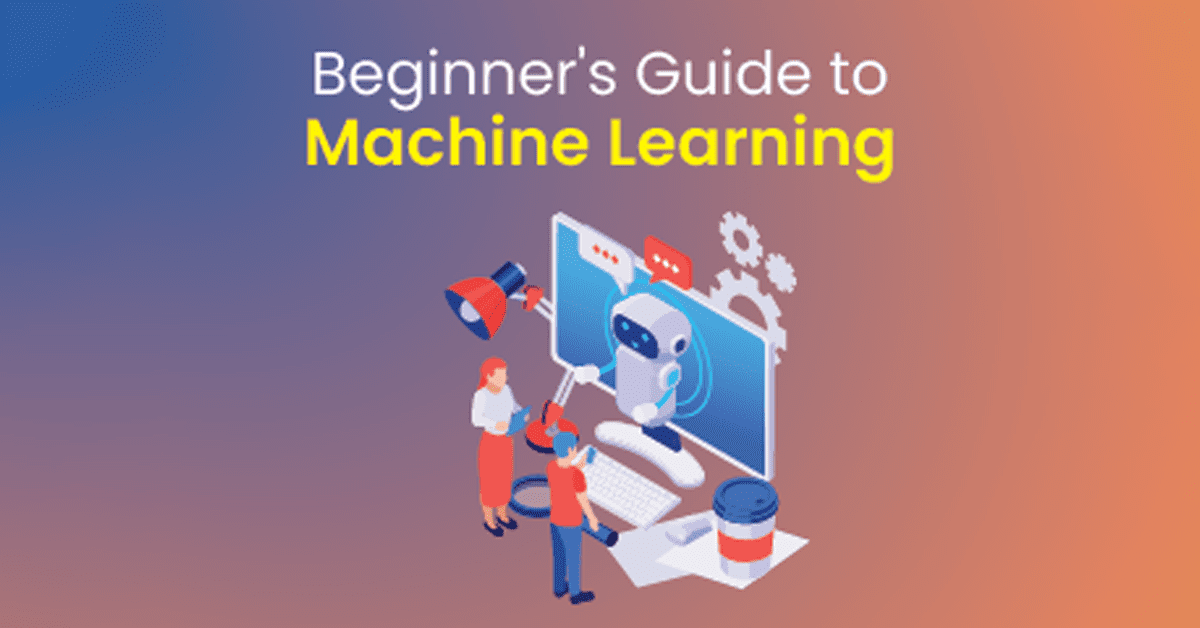
Machine Learning Tutorial
Machine Learning Tutorial
This tutorial on Machine Learning (ML) is designed to cater to both beginners and seasoned professionals, covering fundamental and advanced concepts. Whether you’re a student embarking on your data science journey or an experienced professional looking to deepen your knowledge, this guide offers a comprehensive approach to mastering ML.
Download New Real Time Projects :-Click here

What is Machine Learning?
The goal of machine learning (ML), a branch of artificial intelligence (AI), is to create systems that can learn from data and get better without explicit programming. While AI refers to systems that mimic human intelligence, ML specifically enables systems to analyze patterns, draw conclusions, and make predictions based on the data they process.
Key takeaway: While not all AI incorporates machine learning, all machine learning is AI.
Features of Machine Learning
- Self-Learning: Without explicit programming, machines can learn and get better from data.
- Pattern Recognition: Machine learning algorithms are able to recognize complex patterns in data sets.
- Efficiency with Data: Organizations produce vast amounts of data daily, which ML leverages to uncover relationships and drive decisions.
- Automation: ML automates tasks, optimizing performance through past experiences.
Introduction
Machine learning traces its origins back to the quest for creating intelligent systems capable of independent thought. Over the years, ML has evolved into a critical technology with applications spanning diverse domains, including healthcare, finance, education, and entertainment.
Getting Started with Machine Learning
To truly master ML, it is essential to understand its core principles. Below are some key starting points:
- An Overview of ML: Learn how ML differs from traditional programming.
- The Role of Data: Data is the lifeblood of ML. Understanding data collection, preprocessing, and analysis is vital.
- Applications: Explore real-world ML applications such as facial recognition, recommendation systems, and fraud detection.
Understanding Data in ML
The quality and quantity of data directly influence ML performance. This makes preprocessing and managing data a critical step.
Key Topics in Data Processing
- Data Cleaning: Removing inconsistencies and missing values.
- Feature Scaling: Ensuring data is normalized for algorithms.
- Label and One-Hot Encoding: Converting categorical data into numerical formats.
- Balancing Datasets: Using techniques like SMOTE to handle imbalanced data.
Types of Machine Learning
- Supervised Learning:
Focuses on labeled data, ideal for tasks such as classification (e.g., spam detection) and regression (e.g., house price prediction).
- Techniques: Naive Bayes, Logistic Regression, and Decision Trees.
- Libraries: Scikit-learn, TensorFlow, PyTorch.
- Unsupervised Learning:
Explores unlabeled data to find hidden patterns. Common methods include clustering (e.g., K-Means, DBSCAN) and dimensionality reduction (e.g., PCA). - Reinforcement Learning:
An agent learns by interacting with its environment to maximize rewards, suitable for applications like game development and robotics.
Gradient Descent and Optimization
Gradient Descent is a cornerstone algorithm in ML, enabling models to optimize performance by minimizing error.
Variants
- Batch Gradient Descent
- Stochastic Gradient Descent (SGD)
- Mini-Batch Gradient Descent
Neural Networks
Deep learning models for challenging tasks like language processing and picture identification are powered by neural networks, which are modeled after the human brain.
Key Architectures
- Artificial Neural Networks (ANNs)
- Convolutional Neural Networks (CNNs)
- Recurrent Neural Networks (RNNs)
Natural Language Processing (NLP)
NLP fills the gap between computer comprehension and human language. NLP is revolutionizing a variety of industries, from chatbots to sentiment analysis.
Core Techniques
- Text Preprocessing: Tokenization, stemming, and lemmatization.
- Language Modeling: seq2seq, LSTMs, and Transformer models.
Dimensionality Reduction
Reducing high-dimensional data is critical to avoiding overfitting and improving computational efficiency. Among the methods are Linear Discriminant Analysis (LDA) and Principal Component Analysis (PCA).
Real-World Applications
Machine learning is already driving innovation across industries:
- Healthcare: Predictive diagnostics and personalized medicine.
- Finance: Credit scoring and fraud detection.
- Retail: Targeted advertising and demand forecasting.
- Entertainment: Personalized recommendations on platforms like Netflix and Spotify.
- PHP PROJECT:- CLICK HERE
- INTERVIEW QUESTION:-CLICK HERE
- Complete Advance AI topics:- CLICK HERE
- Complete Python Course with Advance topics:- CLICK HERE
machine learning tutorial w3schools
machine learning tutorial pdf
machine learning tutorialspoint
machine learning – javatpoint
machine learning tutorial for beginners
machine learning tutorial python
machine learning tutorial free
machine learning tutorial youtube
machine learning
machine learning course
machine learning tutorial geeksforgeeks








Post Comment